Welcome to our free classical music site

Do you write about classical music? Are you a blogger? Want to team up with Classical Connect? Send us a message, let's talk!

Do you write about classical music? Are you a blogger? Want to team up with Classical Connect? Send us a message, let's talk!
This Week in Classical Music: September 4, 2023. Jacopo Peri and Florence. Last week we started the story of Jacopo Peri, an important but mostly forgotten composer. Before we get back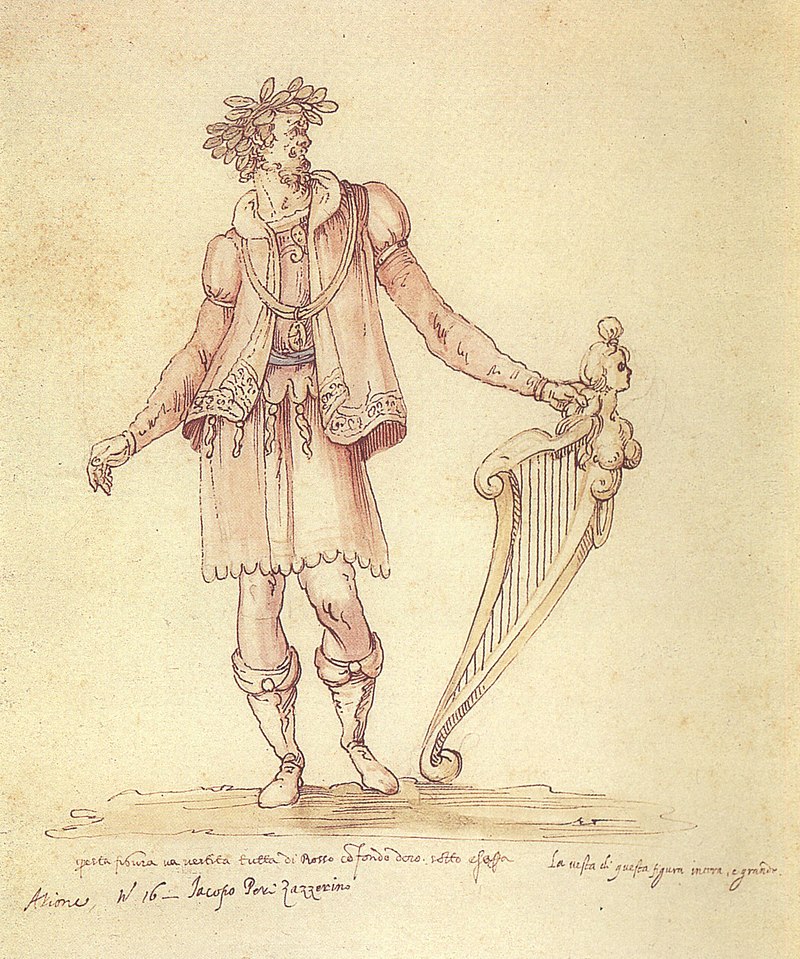 to it, we’d like to mention a Florentine institution that was instrumental in the development of ideas that Peri followed in his work. This institution is called Camerata de’ Bardi, or Florentine Camerata.
to it, we’d like to mention a Florentine institution that was instrumental in the development of ideas that Peri followed in his work. This institution is called Camerata de’ Bardi, or Florentine Camerata.
Count Giovanni de’ Bardi was a nobleman, writer, composer, and, in his younger years, a soldier. He was also an important patron of the arts and organized a society dedicated to the study of ancient Greek music in relation to the music of the day. That was in the 1570s and ‘80s, so we have to remember that the important music of the time was composed in the form of polyphony by the likes of Palestrina. We love his music, and that of Orlando Lasso or Tomás Luis de Victoria Victoria, and consider it the pinnacle of the Renaissance, but for Bardi and his circle, it felt outdated. They believed that the polyphonic idiom doesn’t allow the creation of emotionally expressive works and makes the words unintelligible (the criticism shared by many in the church). Thus, as an alternative, they came up with the “monody,” which replaced the multi-voiced polyphony with a single melodic line and instrumental accompaniment. The ideas of the Camerata were based on the members’ understanding of the music of Classical Greece, which most likely was wrong: they believed that Greek plays were sung, not spoken. That didn’t matter much as these ideas led to the creation of the recitative and the aria, and soon after, the cantata and, importantly, opera.
The most active members of the Camerata were composers Giulio Caccini, Vincenzo Galilei, the father of Galileo Galilei, and Pietro Strozzi, but the society included many Florentine intellectuals and composers. Jacopo Peri was one of the first to put these ideas into practice, creating Dafne and Euridice, the first two operas in history. The librettos to the operas were written by another member of the Camerata, the poet Ottavia Rinuccini.
Euridice was performed in October of 1600 in the Palazzo Pitti during the celebrations of the wedding of Maria de’ Medici and Henry IV, King of France. Peri’s rivals, composers Caccini and Cavalieri, also took part in the production: the jealous Caccini rewrote the parts sung by his musicians, and Cavalieri staged the opera’s production (that was not enough for Cavalieri: he expected to be put in charge of all the festivities, which didn’t happen; disappointed, he left Florence for good. We recently mentioned this episode while writing about Cavalieri).
In the 1600s, while residing in Florence and continuing to compose for the Medici court, Peri established a close relationship with Ferdinando Gonzaga, Duke of Mantua. He wrote two operas for the Mantuan court, neither of which were performed, and many songs and instrumental pieces, the majority of which are now lost. Later in his life, he worked mostly in collaboration with other composers, a practice quite unusual for our time. He wrote two operas with Marco da Gagliano, the second, La Flora, for the occasion of the election of Ferdinand II as the Emperor of the Holy Roman Empire. Pery died in 1633 and was buried in the church of Santa Maria Novella in Florence.
Here is the Prologue from Jacopo Peri’s Euridice, and here – the first scene of the opera, about five minutes of singing, with two wonderful choruses. The soloists and the Ensemble Arpeggio are conducted by Robert de Caro.Permalink
This Week in Classical Music: August 28, 2023. Jacopo Peri. For the last two weeks, we've been preoccupied with Emilio de' Cavalieri, partly because his music is so interesting, but also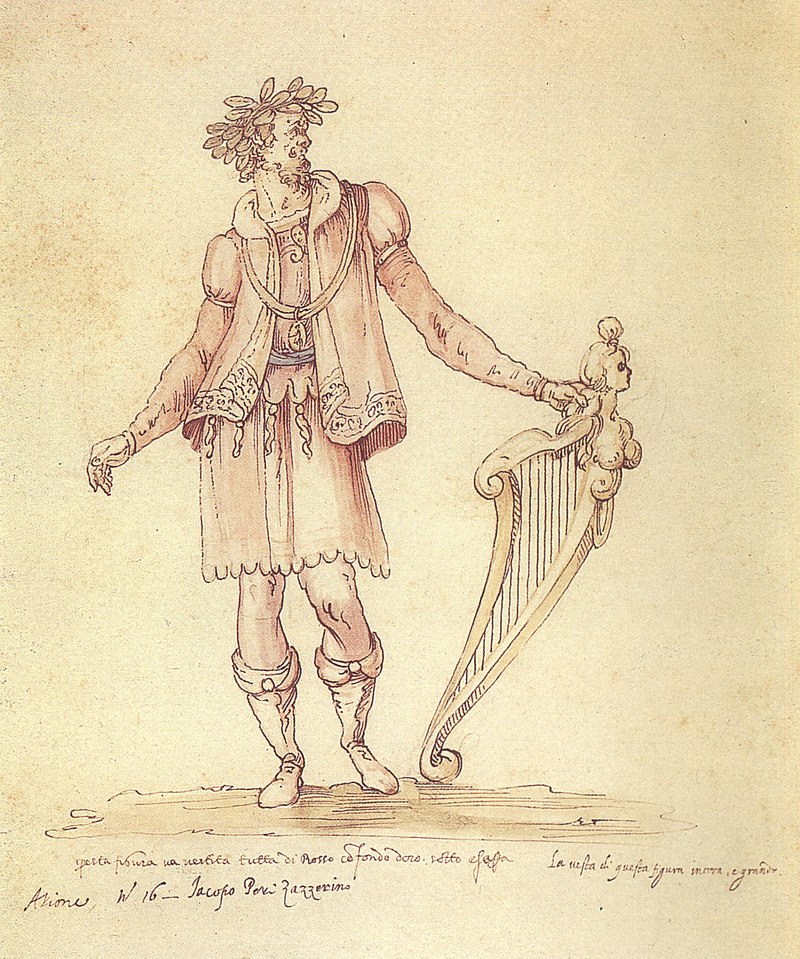 because he and his parents had fascinating lives. And the period during which they lived – the Italian Renaissance and early Baroque – is captivating. One composer, whose birthday we missed while being engaged with Cavalieri, lived during the same time and was Cavalieri’s rival. His name is Jacopo Peri. Peri was born on August 20th of 1561, either in Florence or, more likely, in Rome, like Cavalieri. About 10 years younger than Cavalieri, he spent most of his productive life at the court of the Grand Dukes of Tuscany, in Florence, the place where Cavalieri was employed for about 20 years. There was a difference in their position: the older composer was also the duke’s confidant, while Peri was “only” a musician and organizer of dramatic events.
because he and his parents had fascinating lives. And the period during which they lived – the Italian Renaissance and early Baroque – is captivating. One composer, whose birthday we missed while being engaged with Cavalieri, lived during the same time and was Cavalieri’s rival. His name is Jacopo Peri. Peri was born on August 20th of 1561, either in Florence or, more likely, in Rome, like Cavalieri. About 10 years younger than Cavalieri, he spent most of his productive life at the court of the Grand Dukes of Tuscany, in Florence, the place where Cavalieri was employed for about 20 years. There was a difference in their position: the older composer was also the duke’s confidant, while Peri was “only” a musician and organizer of dramatic events.
Peri’s youth was spent in Florence; he had a very good voice and was employed in different churches (it seems he also sang in the choir of the Baptistery). He was a virtuoso player of the theorbo (chitarrone in Italian), a lute with a very long neck. Severo Bonini, a Florentine composer and Peri’s younger contemporary, said that “he could move the hardest heart to tears through his singing” and superb accompaniment. Peri also excelled at playing the organ and keyboard instruments. He was hired at the Medici court in 1588, soon after the accession of Grand Duke Ferdinando I. Like Cavalieri, he took part in composing music for different intermedi (we discussed these “proto-operas” last week), and participated in staging the festivities celebrating Ferdinando’s marriage to Christine of Lorraine. He also performed in these intermedi, singing and accompanying himself.
Peri’s interests were broad and, as a member of different learned Academies, he actively participated in the vigorous intellectual life of Florence. He became friends with Jacopo Corsi, a fellow composer and important patron of the arts, second only to the Medicis. Through Corsi he met the poet Ottavio Rinuccini. In 1597, Rinuccini wrote a libretto for Dafne, a dramatic piece, the music for which was composed by Peri and Corsi. Dafne is now considered the first opera in the history of music. While the libretto survived, the music for Dafne is mostly lost, with only six fragments extant; four were written by Peri and two by Corsi. The opera’s instrumental accompaniment is small: a harpsichord, an archlute (a type of theorbo), a regular lute, a viol, and a flute. Claudio Monteverdi, who by many is considered the “father of the opera,” even though his L’Orfeo was written 10 years later, in 1607, significantly expanded the accompanying ensemble. Dafne was a big success, and in 1600, for the festivities surrounding the marriage of King of France Henry IV and Marie de' Medici, Grand Duke Francesco’s daughter, the court requested another opera. Rinuccini was again the librettist, but this time Peri collaborated with Giulio Caccini. Their effort produced Euridice, the second opera ever written and the first whose music fully survived. (These days Caccini is best known for the music he never wrote, the so-called Ave Maria, composed around 1970 by a Russian lutenist Vladimir Vavilov, author of many musical hoaxes). Euridice was very successful (Peri himself sang the role of Orfeo and his performance was highly praised) and was later staged in other cities.
We’ll finish our story of Jacopo Peri and play some of his music next week. One last note before we go: Itzhak Perlman will turn 78 in three days.Permalink
This Week in Classical Music: August 21, 2023. Cavalieri, part II. Last week we began writing about the Italian composer Emilio de' Cavalieri and all we had time for were his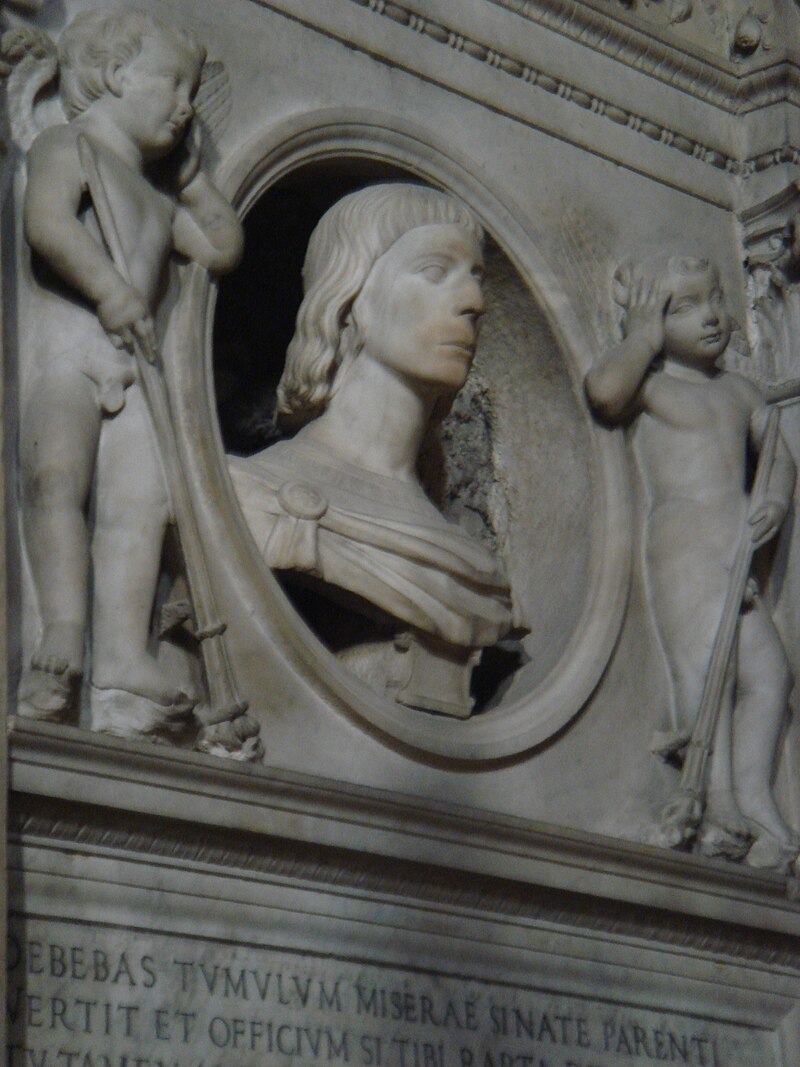 illustrious parents. Emilio started his musical career in Rome – we know that he was an organist at the Oratorio del Santissimo Crocifisso and was responsible for the Lent music there. While in Rome, he made the acquaintance of Cardinal Ferdinando de' Medici. A historically important fact about the Cardinal is that soon after he became the Grand Duke of Tuscany, returned to Florence and brought Cavalieri with him. A minor, but curious, detail is that the Cardinal was an art lover and acquired the famous collection of Roman statues from Cardinal Andrea della Valle, the uncle of Emilio’s mother, Lavinia, thus connecting the families of Cavalieri, della Valle, and Medici.
illustrious parents. Emilio started his musical career in Rome – we know that he was an organist at the Oratorio del Santissimo Crocifisso and was responsible for the Lent music there. While in Rome, he made the acquaintance of Cardinal Ferdinando de' Medici. A historically important fact about the Cardinal is that soon after he became the Grand Duke of Tuscany, returned to Florence and brought Cavalieri with him. A minor, but curious, detail is that the Cardinal was an art lover and acquired the famous collection of Roman statues from Cardinal Andrea della Valle, the uncle of Emilio’s mother, Lavinia, thus connecting the families of Cavalieri, della Valle, and Medici.
In Florence Cavalieri became not just a court composer and overseer of crafts and music, but also a trusted personal diplomatic envoy to the Duke. Elections of the Pope were among the most important political events in Italy, and Cavalieri helped Ferdinando to elect popes predisposed toward the Medici family, often going on secret missions to buy cardinals’ votes. This was a turbulent time, with popes lasting no longer than the Politburo Secretaries General at the end of the Brezhnev era. Pope Urban VII, elected in September of 1590, died of malaria just 12 days after taking office, Pope Gregory XIV followed and ruled for 315 days, then Pope Innocent IX, who ruled for 62 days, and finally, Clement VIII, who would go on to rule for more than 13 years. The turmoil kept Cavalieri’s diplomatic career busy.
In Florence, Cavalieri was provided an apartment in the Palazzo Pitti, the main residence of the Duke of Tuscany, and a handsome salary. As the court administrator and composer, he was responsible for staging intermedi, theatrical performances with music and dance. The famous ones were set up in 1589 for the marriage of Duke Ferdinando to Christine of Lorraine. Cavalieri produced many of these intermedi in the following years, often to his own music.
He traveled to Rome often and maintained relations with major composers in the city. In 1600, his work titled Rappresentatione di anima et di corpo (Portrayal of the Soul and the Body) premiered in the Oratorio dei Filippini in Rome. Rappresentatione is considered the first oratorio in the history of music and, with the intermedi, a predecessor to opera. The significance of it becomes apparent if we consider how the oratorio, also developed by Cavalieri’s contemporaries Jacopo Peri and Giulio Caccini, has evolved since 1600: this was the musical form that Alessandro Scarlatti, Antonio Caldara, Johann Adolph Hasse, Heinrich Schütz, Johann Sebastian Bach and George Frideric Handel used to create some of their most important compositions.
Cavalieri left Florence for Rome in 1600 under a cloud: the wedding of Henry IV of France and Maria de' Medici was lavishly celebrated, and the main event was the staging of the opera Il rapimento di Cefalo. Cavalieri expected to be in charge, but the staging was given to his rival, Caccini. Cavalieri died in Rome two years later and was buried in Cappella de' Cavalieri in Santa Maria in Aracoeli on the Capitoline Hill.
Together with Rappresentatione, Lamentations of Jeremiah for the Holy Week is Cavalieri’s major work. It consists of four parts, to be performed on consecutive days. Here’s the first section, Lectio prima, of the Lamentations for the first day. It’s performed by the Concerto Italiano under the direction of Rinaldo Alessandrini.Permalink
This Week in Classical Music: August 14, 2023. Lukas Foss and Emilio de' Cavalieri. The richness and diversity of classical music is almost infinite. Of course, we’re not talking about the false, woke diversity of race and gender. We mean the diversity of sound, organized by composers of different eras into amazing combinations that we call “music,” combinations of the aural entities so different that composers of yesteryears would not even recognize the work of their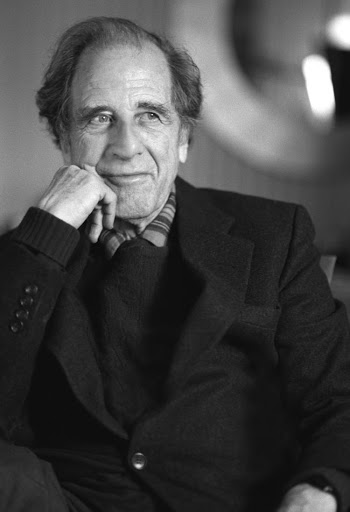 followers as belonging to the same art (if they would consider it art at all). We, on the other hand, are lucky to have access to this enormous body of work and can enjoy music composed in the 15th century as much as music from half a millennium later. We have two composers this week, one born in the first half of the 20th century, and another – in the middle of the 15th.
followers as belonging to the same art (if they would consider it art at all). We, on the other hand, are lucky to have access to this enormous body of work and can enjoy music composed in the 15th century as much as music from half a millennium later. We have two composers this week, one born in the first half of the 20th century, and another – in the middle of the 15th.
Lukas Foss was born in Berlin on August 15th of 1922 as Lukas Fuchs. His family was Jewish, and as soon as Nazis came to power, the Fuchses emigrated to France and four years later to the US where they changed their name to Foss. In the US, Lukas, who studied music while in Paris, went to the Curtis Institute where he took piano classes, composition, and conducting (his teacher at the Curtis was Fritz Reiner). Lukas started composing at seven, and in 1945, at 23, he became the youngest composer ever to receive a Guggenheim Fellowship. In 1953 Foss was appointed Professor of Music at UCLA, a position previously occupied by Arnold Schoenberg. While in California, Foss founded the Improvisation Chamber Ensemble and became the music director of the Ojai Festival. Later he served as the music director of several orchestras: the Buffalo Philharmonic, the Brooklyn Philharmonic, and the Milwaukee Symphony. He also guest-conducted many European and American orchestras.
Musicologists divide the development of Foss’s art into three phases: neo-classical; transitional, which was dominated by what he called “controlled improvisation,” and the third, experimental, even more improvisational, with more freedom given to the performer, and the forays into serialism. Let’s listen to two pieces, Thirteen Ways Of Looking At A Blackbird for voice (mezzo-soprano RoseMarie Freni) and small ensemble from 1978, here; and, from 1967, unfortunately in a rather low-quality recording, his great Baroque Variations for Orchestra: I. On a Handel Larghetto, II. On a Scarlatti Sonata, III. On a Bach Prelude "Phorion" (here). The Buffalo Philharmonic Orchestra is led by the composer Lukas Foss, was one of the most interesting American composers, and we’ll come back to his art another time
Italian composer Emilio de' Cavalieri was born in Rome in 1550 into an illustrious family. His father, a nobleman Tommaso Cavalieri, was the great love of Michelangelo’s life (Michelangelo dedicated 30 of his sonnets to Emilio and called him "light of our century, paragon of all the world"). When they met, Tommaso was 23 and very handsome, Michelangelo – 57 years old; whether the relationship was platonic or not, we don’t know. Emilio’s mother was a cousin of Cardinal Andrea della Valle. The cardinal was one of the first collectors of Roman art; the sculptures in the courtyard of his palace across the street from the church of Sant’Andrea della Valle were restored in one of the first efforts of its kind, and his antiquities were described by Vasari. We will continue with the story of Emilio de' Cavalier next week. In the meantime, let’s listen to Cavalieri’s wonderful Viae Sion Lugent from Lamentations.Permalink
This Week in Classical Music: August 7, 2023. Chaminade and Jolivet. Two French composers were born this week, Cécile Chaminade, on August 8th of 1857, and André Jolivet,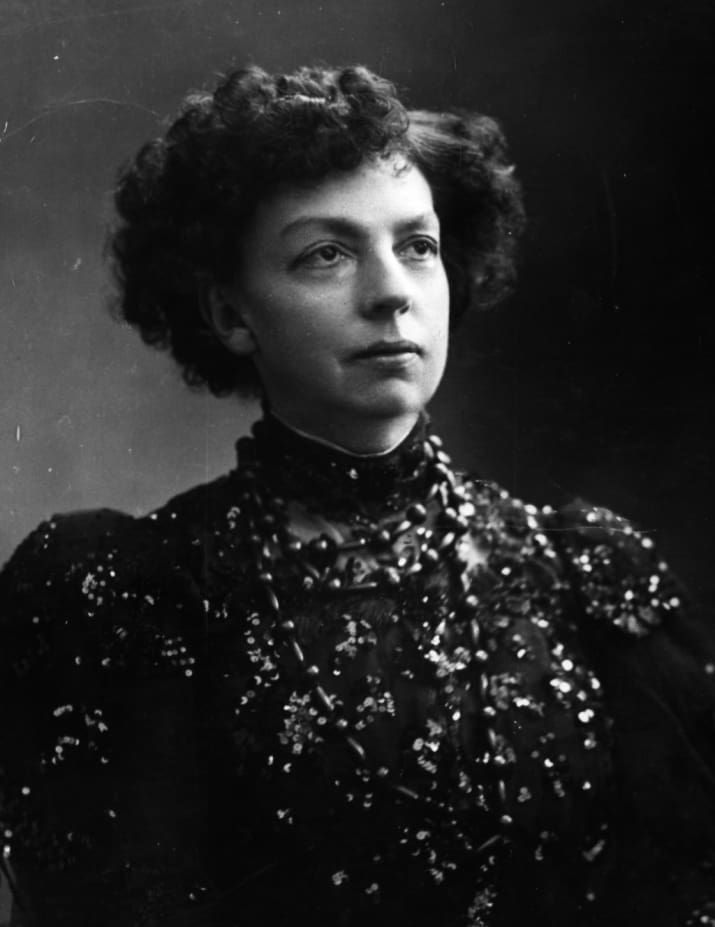 on the same day but in 1905. We suspect that in the last three years the music of Chaminade has been played more than throughout the previous 100: we live in the era of Wokeness when a composer’s gender (or race) is considered more important than his or her talent, and as there is a limited number of female composers, even the salon music of Chaminade becomes popular among presenters and performers, if not necessarily the listening public. This is not to say that in the past, women composers weren’t discriminated against: Chaminade, for example, was accused by her contemporary music critics of being both too feminine in her songs and lyrical piano pieces, and too masculine in the larger, more energetic pieces, such as the Konzertstück, (you can listen to it here). We don’t find anything excessively “masculine” in the piece, we’re not even sure what that term means when applied to music – it would’ve never been used by our contemporaries while discussing the music of Jennifer Higdon, Shulamit Ran, Libby Larsen, or Augusta Read Thomas. We just don’t find the Koncertstück very interesting – it has lots of trills in the style of the worst of Liszt and not much real musical material. (In this recording James Johnson plays the piano, the Royal Philharmonic Orchestra is conducted by Paul Freeman). Chaminade’s music became popular not only in her native France but also in England and the US in the 1890s, and that continued for another 20 years after which the interest in her music practically disappeared – her salon pieces clearly became obsolete. Chaminade lived till 1944, the last years in relative
on the same day but in 1905. We suspect that in the last three years the music of Chaminade has been played more than throughout the previous 100: we live in the era of Wokeness when a composer’s gender (or race) is considered more important than his or her talent, and as there is a limited number of female composers, even the salon music of Chaminade becomes popular among presenters and performers, if not necessarily the listening public. This is not to say that in the past, women composers weren’t discriminated against: Chaminade, for example, was accused by her contemporary music critics of being both too feminine in her songs and lyrical piano pieces, and too masculine in the larger, more energetic pieces, such as the Konzertstück, (you can listen to it here). We don’t find anything excessively “masculine” in the piece, we’re not even sure what that term means when applied to music – it would’ve never been used by our contemporaries while discussing the music of Jennifer Higdon, Shulamit Ran, Libby Larsen, or Augusta Read Thomas. We just don’t find the Koncertstück very interesting – it has lots of trills in the style of the worst of Liszt and not much real musical material. (In this recording James Johnson plays the piano, the Royal Philharmonic Orchestra is conducted by Paul Freeman). Chaminade’s music became popular not only in her native France but also in England and the US in the 1890s, and that continued for another 20 years after which the interest in her music practically disappeared – her salon pieces clearly became obsolete. Chaminade lived till 1944, the last years in relative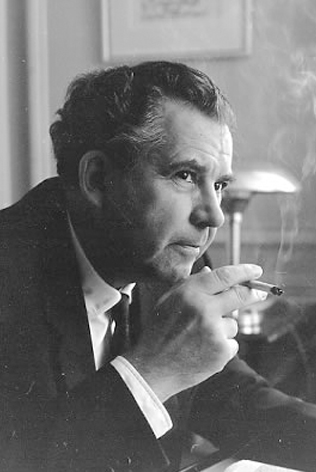 obscurity. She composed around 400 short piano pieces and songs, some of which are not without their charm. Here Anne Sofie von Otter sings her short song L'anneau d'argent. Bengt Forsberg is on the piano.
obscurity. She composed around 400 short piano pieces and songs, some of which are not without their charm. Here Anne Sofie von Otter sings her short song L'anneau d'argent. Bengt Forsberg is on the piano.
In the last three years, there has been no resurgence of interest in the music of André Jolivet, even if of the two, he is the more interesting, more inventive composer. We have several of his pieces in our library and have written about him more than once (for example, here). A prolific composer, Jolivet wrote several concertos. One of them was for the Ondes Martenot, an analog synthesizer invented in 1928 by Maurice Martenot; the sound of the Ondes (waves in French) is somewhat similar to that of a Theremin, another electronic instrument invented by the Russian researcher Leon Theremin around the same time). Jolivet also composed three symphonies, chamber and keyboard music, operas, and many songs. Here, from 1954, is Jolivet’s unusually scored Basson Concerto with the string orchestra, piano and harp (André Jolivet conducts the Jean-François Paillard Chamber Orchestra; Maurice Allard is the bassoonist).
And speaking of French music and musicians: the wonderful violinist Ginette Neveu was born on August 11th of 1919. You can read about her here.
PermalinkThis Week in Classical Music: July 31, 2023. Catching up. For the last three weeks we’ve been preoccupied with two German composers, Carl Orff and Hanns Eisler, and with that, we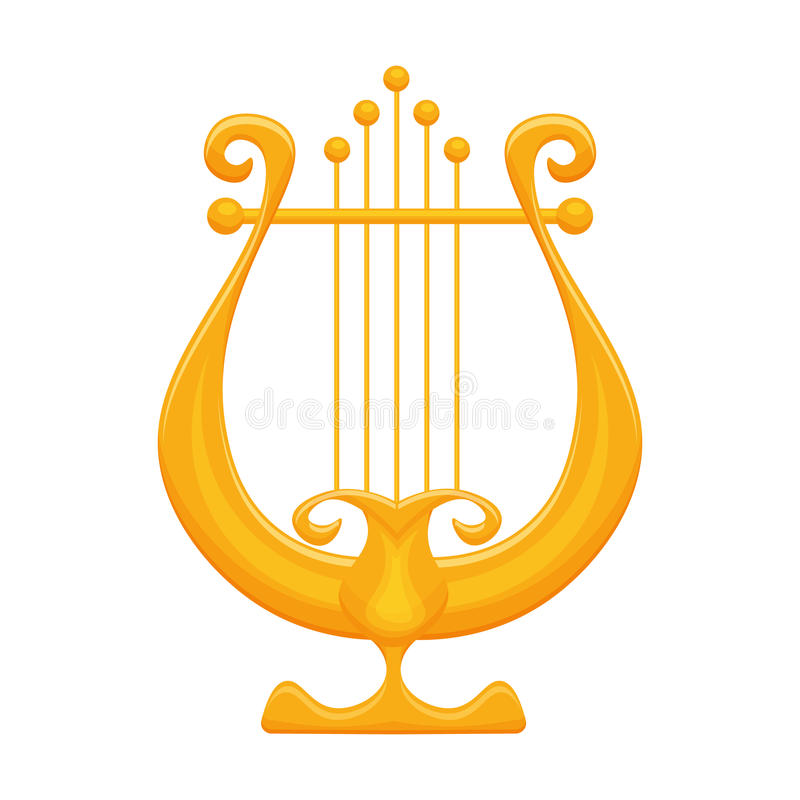 missed several notable anniversaries. We were going to write about Alfredo Casella who was born 140 years ago, on July 25th of 1883, in Turin. We’ll come back to him soon, in the meantime you can read our earlier entry. Eugène Ysaÿe was born 165 years ago, on July 16th of 1858. The wonderful Spanish composer Enrique Granados was born on July 27th of 1867. Hans Rott’s birthday is this week; he was born on August 1st of 1858. We have to admit our fascination with this underappreciated composer who predates Mahler in many ways.
missed several notable anniversaries. We were going to write about Alfredo Casella who was born 140 years ago, on July 25th of 1883, in Turin. We’ll come back to him soon, in the meantime you can read our earlier entry. Eugène Ysaÿe was born 165 years ago, on July 16th of 1858. The wonderful Spanish composer Enrique Granados was born on July 27th of 1867. Hans Rott’s birthday is this week; he was born on August 1st of 1858. We have to admit our fascination with this underappreciated composer who predates Mahler in many ways.
Several outstanding pianists were born in the previous three weeks, all in July: Van Cliburn on the 12th in 1934, Leon Fleisher on the 23rd in 1928, also on the 23rd of July, but in 1944 – Maria João Pires, and Alexis Weissenberg, on the 26th, in 1929. The Portuguese pianist Maria João Pires is the only one still alive, and at the age of 79 is very active, performing about 50 concerts a year.
During this period we also could’ve celebrated three violinists: Pinchas Zukerman, born on the 16th, in 1948; Isaac Stern, on the 21st, in 1920, and Ruggiero Ricci, on the 24th, in 1918. Zukerman is alive and well, and, like Pires, is still very active.
We’ll turn to conductors: Igor Markevitch was born on July 27th of 1912. He was also a composer, but we’ve never had a chance to write about his creative (rather than interpretive) talents. Riccardo Muti just left, with great pomp and circumstance, the post of Music Director of the Chicago Symphony. He was born on July 28th of 1941. And Erich Kleiber, a wonderful conductor and the father of the even more famous Carlos Kleiber, will have his anniversary on August 5th; he was born in 1890.
And finally, the singers. They were especially bountiful, so we’ll list their names only. Every person in this unbelievable group had a birthday in the previous three weeks: Nicolai Gedda, Kirsten Flagstad, Carlo Bergonzi, Pauline Viardot, Susan Graham, Giuseppe Di Stefano, Sergei Lemeshev, Mario Del Monaco, and Peter Schreier. We’ve written about many of them, and if we’ve missed some, like Ms. Graham, we’ll get to it later.Permalink